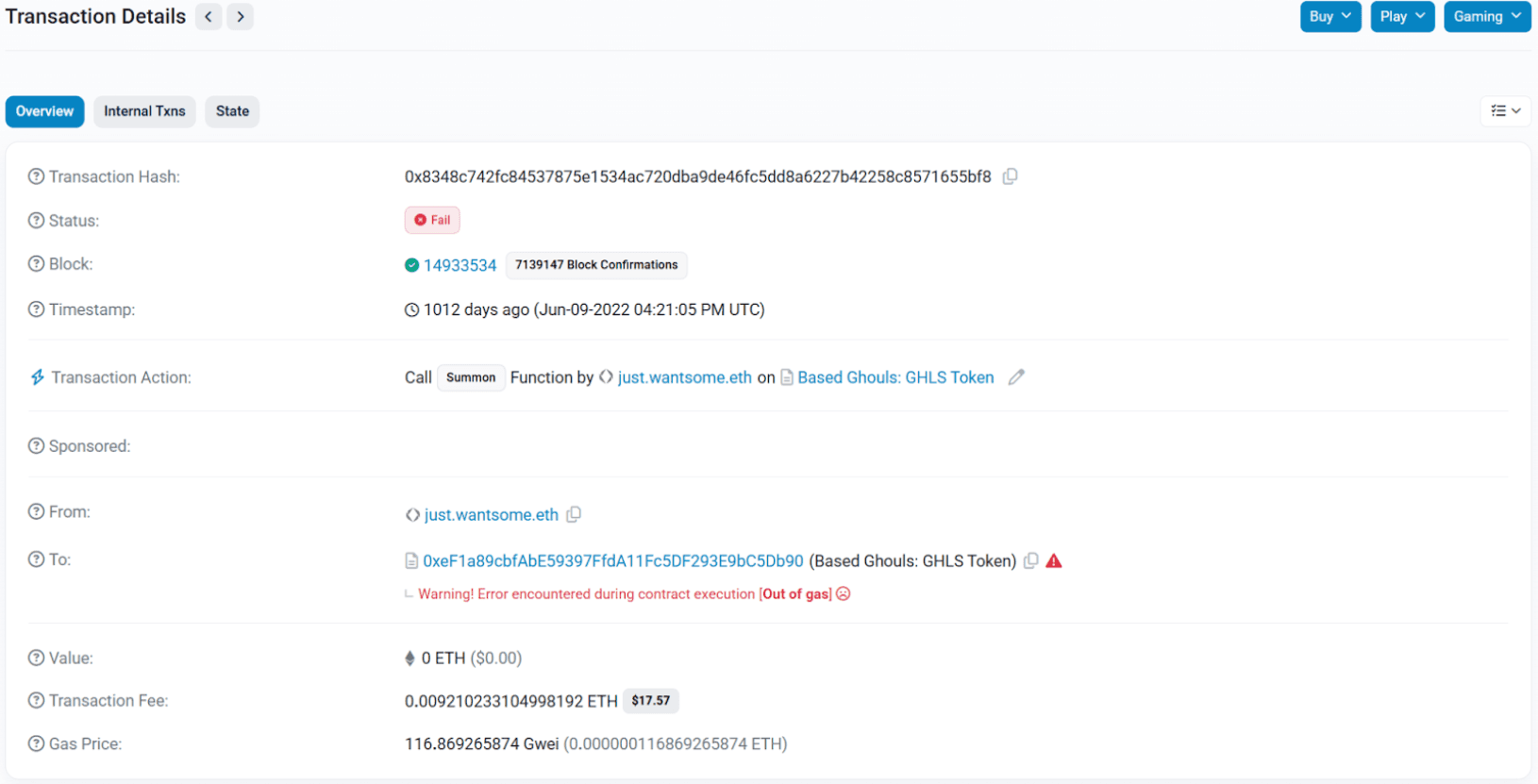
4 min read
What Are Gas Limits? A Guide to Ethereum Transaction Fees
If you've ever sent an Ethereum transaction or interacted with a smart contract, you've likely come across the term gas limit. But what exactly does it mean, and why does it matter? In this guide, we'll break down gas limits, how they impact your Ethereum transactions, and best practices for setting them efficiently.
What is a Gas Limit?
Gas limit refers to the maximum amount of computational work you’re willing to allow a transaction to use on the Ethereum network. Every action on Ethereum—whether it's a simple ETH transfer or executing a smart contract—requires computational resources, and these resources are measured in gas units.
Think of gas as the fuel needed to power Ethereum transactions. The gas limit, then, is like setting a cap on how much fuel your transaction can consume.
How Gas Limits Work
When you initiate a transaction, you must specify a gas limit. The Ethereum network then evaluates how much gas the transaction requires and processes it accordingly.
Key Points About Gas Limits:
- Higher Complexity = More Gas: Simple ETH transfers require less gas than complex smart contract interactions.
- Unused Gas Is Refunded: If you set a gas limit higher than necessary, the unused gas is returned to your wallet.
- Too Low = Failed Transaction: If the gas limit is too low, your transaction will fail, but you’ll still pay for the gas used up to that point.
Example of Gas Limits in Action
| Transaction Type | Approx. Gas Needed |
| Sending ETH | 21k |
| Token Transfers (ERC-20) | 50-100k |
| Smart Contract Execution | 100k++ |
How Are Gas Limits Different from Gas Prices?
It’s easy to confuse gas limit with gas price, but they serve different roles:
- Gas Limit = Maximum computational work allowed for a transaction.
- Gas Price = The amount of ETH per unit of gas you are willing to pay (measured in gwei).
Total transaction fee = Gas Limit × Gas Price
For example, if you set:
- Gas limit: 100,000
- Gas price: 50 gwei (0.00000005 ETH per gas unit)
Then, the total fee would be: 100,000 × 50 gwei = 0.005 ETH
What Happens If a Transaction Exceeds the Gas Limit?
If a transaction requires more gas than the gas limit you've set, it will fail before completion. This typically happens when interacting with complex smart contracts that consume more gas than anticipated.
When a transaction fails due to insufficient gas, the Ethereum network still charges for the computation it attempted before running out of gas. This means you’ll lose the ETH spent on gas up to that point, even though the transaction itself doesn’t go through.

Always ensure your gas limit is sufficiently high, especially when dealing with smart contracts or dApps with unpredictable gas usage.
Best Practices for Setting Gas Limits
Use Wallet Recommendations
Most Ethereum wallets (e.g., Coinwallet) automatically suggest a reasonable gas limit based on the transaction type.
Check Network Conditions
When the network is congested, gas prices rise, and complex transactions may require higher gas limits to succeed.
Avoid Overpaying
While setting a very high gas limit ensures execution, it's unnecessary for simple transfers. Stick to the suggested amounts unless you're dealing with complex smart contracts.
Some wallets allow you to preset a limit to avoid paying more than you’re comfortable with.
Estimate Gas Before Sending
Tools like Etherscan’s Gas Tracker and ETH Gas Station help estimate the optimal gas limits for different transaction types.
Final Thoughts
Understanding gas limits is crucial for efficiently using the Ethereum network. By setting appropriate gas limits, you can avoid failed transactions and optimize costs. Whether you're a beginner or an experienced crypto user, keeping an eye on gas settings ensures smoother transactions and prevents unnecessary expenses.

